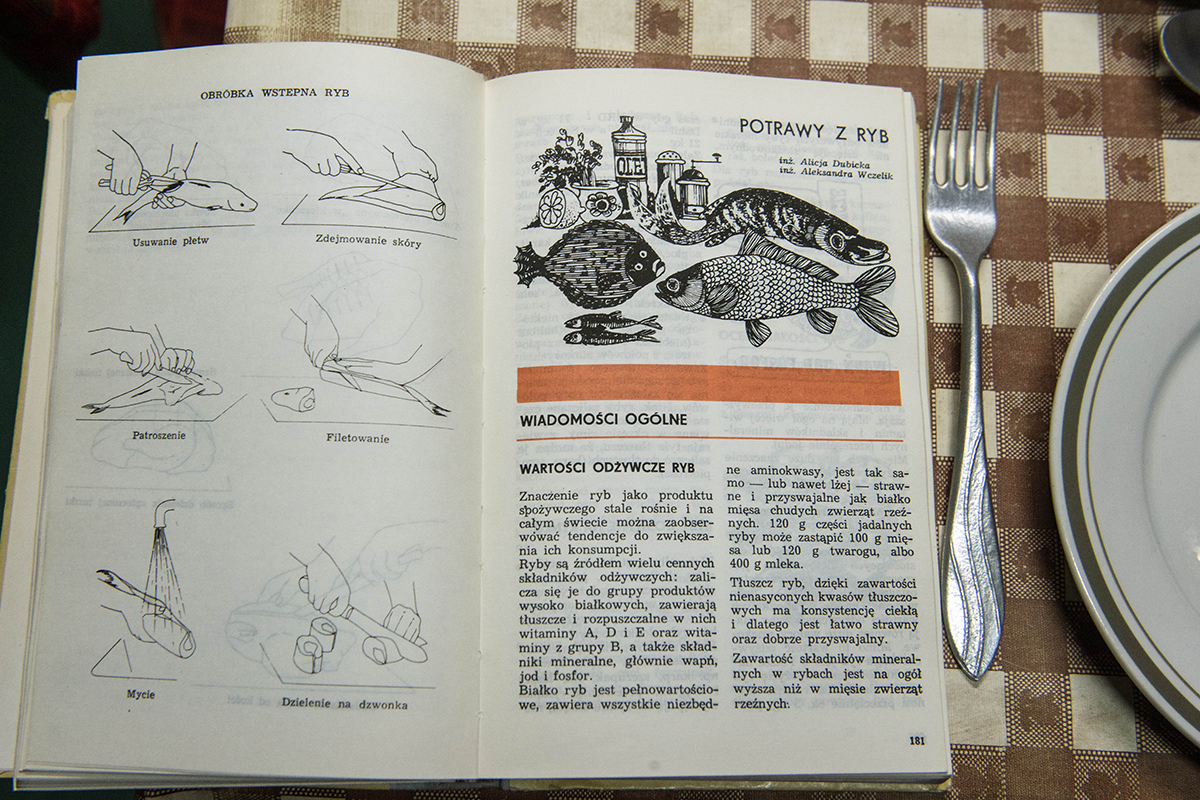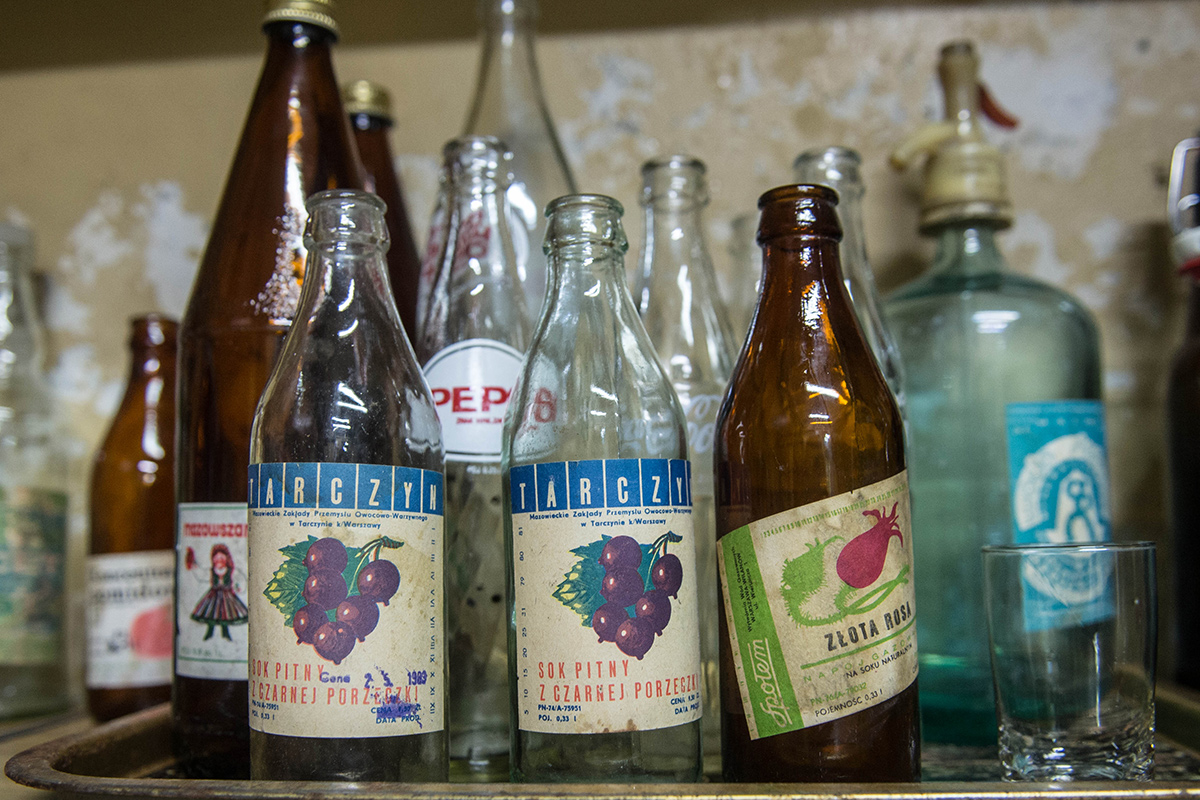

Met with critical acclaim, Oppenheimer looks set to become one of the year’s biggest films – but how about Warsaw’s own little nuclear secret… Join us as we uncover the story of the mysterious Obiekt Alfa.
Found behind the back of Powązki Cemetery, inside a despondent-looking army rehabilitation facility, Obiekt Alfa is thought to have been completed around about 1977. Built to house a mysterious chemical / biological research unit, it’s from here that the nationwide medical operation would have been conducted in the event of World War Three.



Astonishingly, it’s thought to have still been in use up until 2006, with its declassification occurring only as recently as 2014. In spite of this, there is little about Alfa that feels contemporary, instead it’s a sinister reminder of paranoid times.
However, though located inside a military compound, for three short years this bunker functioned as one of Warsaw lesser-known sights before having its lease revoked by the army – what purpose it serves now can only be imagined…
Certainly, having visited back in 2016, one had the impression of a perfectly preserved time capsule – yet one ready to spring back into action should the need ever arise.



Touting 34 hermetically sealed portals in all, some weighing as much as 300 kilos, the air is the first thing you notice once inside: thick and musty, it clings to your clothes. Slowly accustoming to this dankness, you walk past a corridor housing a row of decontamination chambers that only add to the eerie, claustrophobic atmosphere.

Ushered beyond, we filed into a command centre, a room festooned with clumsy technology and numerous dials and switches. “That machine there,” our guide pointed out, “was the first in Poland to record something amiss in Chernobyl.”
Sinking into a sagging orange armchair, 80s newspapers scattered in front, I remember trying to imagine the reaction of the researchers as news of a nuclear catastrophe began to filter through.
Although the bunker is just 150 sq/m, all sense of scale is lost within its twisting confines. There’s a lab brimming with gas masks and mineral samples, and a doctor’s surgery with notepads and stethoscopes and wobbly glass cabinets with lines of utensils and jars.
On learning the contents of one such vessel, I nearly fainted: tapeworm. The adjoining bathroom, all brown stains and dark patches, was similarly brutal; stare down the plughole long enough and I’m sure you successfully summon some horror film spirit.


Working in shifts, around 19 scientists were based in Alfa at any one time: locked away from the outside world, it’s difficult to imagine the psychological challenges of this isolated existence.
Of course, there was downtime, and the kitchen / common room offered a revealing insight. As if frozen in time, we poked around shelves and cupboards packed with Konsumy-branded products and items: while the general population lived in deprivation, members of the internal security services had the pick of ‘luxury’ goods from this chain of stores. Bottles of aftershave, cookbooks and long-emptied beers lay sprinkled around in testament to the perks of the job.


Yet while the rewards were ample, employment here was no gravy train. A toxicological unit stacked with test tubes, beakers and lingering synthetic odors was where we were told that Alfa’s occupants handled highly hazardous material.

Further, and with the tour coming to an end, we passed a compact cubicle selling guidebooks and trinkets. Even this cell, it transpired, had its own little story: back in the day, up to four volunteers would squeeze in and spend five days at a time locked away under observation.
Forbidden from sleeping, and kept in fluctuating temperatures ranging from 5 to 50°C, it’s here that human guinea pigs would undergo confidential experiments that remain a riddle.
But then, Obiekt Alfa itself is a riddle – a place of uncomfortable intrigue, leaving one can’t help but contemplate the unique and terrifying ways mankind has devised to wreak destruction and death.
Obiekt Alfa’s subsequent closure to the public is a shame, for there can be few places in Warsaw that had the ability to leave such a meaningful impact on all those that visited.